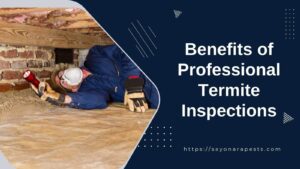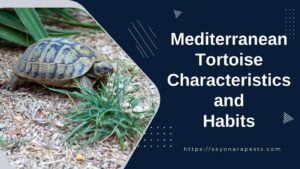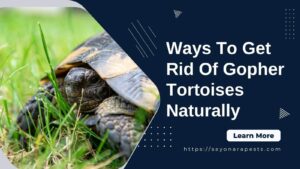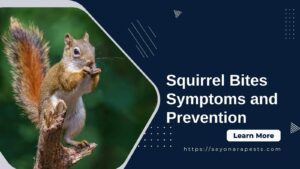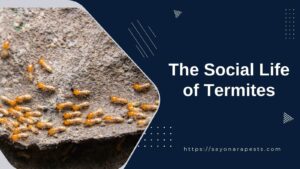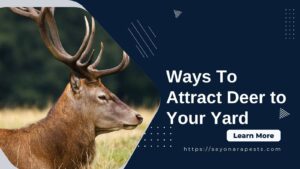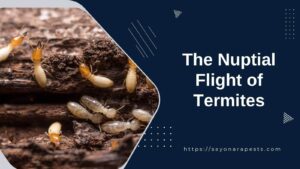Copperhead snakes are found in various southern and eastern United States habitats.
They typically prefer wooded areas near streams or other bodies of water.
Copperheads are often challenging to spot due to their camouflage coloring, which helps them blend in with their surroundings.
These snakes can reach up to 3 feet (0.91 m).
Copperheads have triangular-shaped heads and narrow bodies.
They get their name from the copper-colored bands that run across their body.
The bottom side of a copperhead’s body is usually white or light gray.
Is copperhead snake dangerous?
The copperhead snake is a venomous snake native to the United States.
The copperhead is a relatively small snake, usually only growing to be about 3 feet long. Despite its small size, the copperhead is one of the most dangerous snakes in the US.
Copperhead bites are very painful and can often lead to infection.
In some cases, victims may even require hospitalization.
While death from a copperhead bite is very rare, it is still possible.
Children, the elderly, and pets risk severe complications from a bite, as their immune systems may not be strong enough to fight off an infection.
If you suspect that a copperhead has bitten you or someone you know, it is crucial to seek medical attention immediately.
If you live in an area with snakes, you must be aware of their danger to you and your pets.
Dogs are especially at risk since they do not know to avoid snakes and may approach one out of curiosity.
If your dog gets bit by a snake, remain calm and call your veterinarian immediately.
Where do copperhead snakes like to live?
Copperhead snakes are found in various habitats, including forests, swamps, and rocky areas.
They are also often found near streams or other bodies of water.
In some cases, copperhead snakes will even make their homes in urban areas, such as parks or vacant lots.
One of the reasons why copperhead snakes like to live near water is that they often prey on amphibians, such as frogs or salamanders.
These snakes will also eat small mammals, lizards, and birds. In addition, copperhead snakes are sometimes eaten by larger animals, such as hawks or owls.
Mating season for copperhead snakes typically takes place during the springtime.
During this time, the males will compete with each other for the attention of females.
After mating, the females will give birth to between two and twelve baby snakes during the summer.
Ways to identify a copperhead snake
Body Shape
Copperhead snakes have triangular-shaped heads that are much wider than their necks. Their bodies are thick and muscular.
Adult copperheads can grow to be anywhere from 2 to 3 feet long.
Patterns and Coloration
They are brown or reddish-brown in color, with dark crossbands on their bodies.
The crossbands are usually darker on the snake’s back than on its sides.
The eyes of a copperhead snake are elliptical in shape and have vertical pupils.
The head of a copperhead snake is typically more comprehensive than the neck, and it is usually a lighter color than the rest of the body.
These bands are most expansive at the snake’s midpoint and progressively narrower towards the head and tail.
Additionally, the belly of a copperhead snake is usually light-colored with dark spots. Some copperhead snakes also have hourglass-shaped crossbands.
Habitat
Copperhead snakes can be found in various habitats, including woodlands, marshes, and swamps.
They’re often found near streams or other bodies of water where they can hunt for rodents and other small animals.
During the day, copperheads often hide beneath rocks or logs. At night, they may climb trees in search of prey.
Exercising caution is essential if you see a snake on your property that you think might be a copperhead.
Never try to handle a venomous snake yourself—instead, call a professional who can safely remove it from your property.
By being aware of the different characteristics of copperheads, you can help keep yourself and your family safe from these dangerous reptiles.


